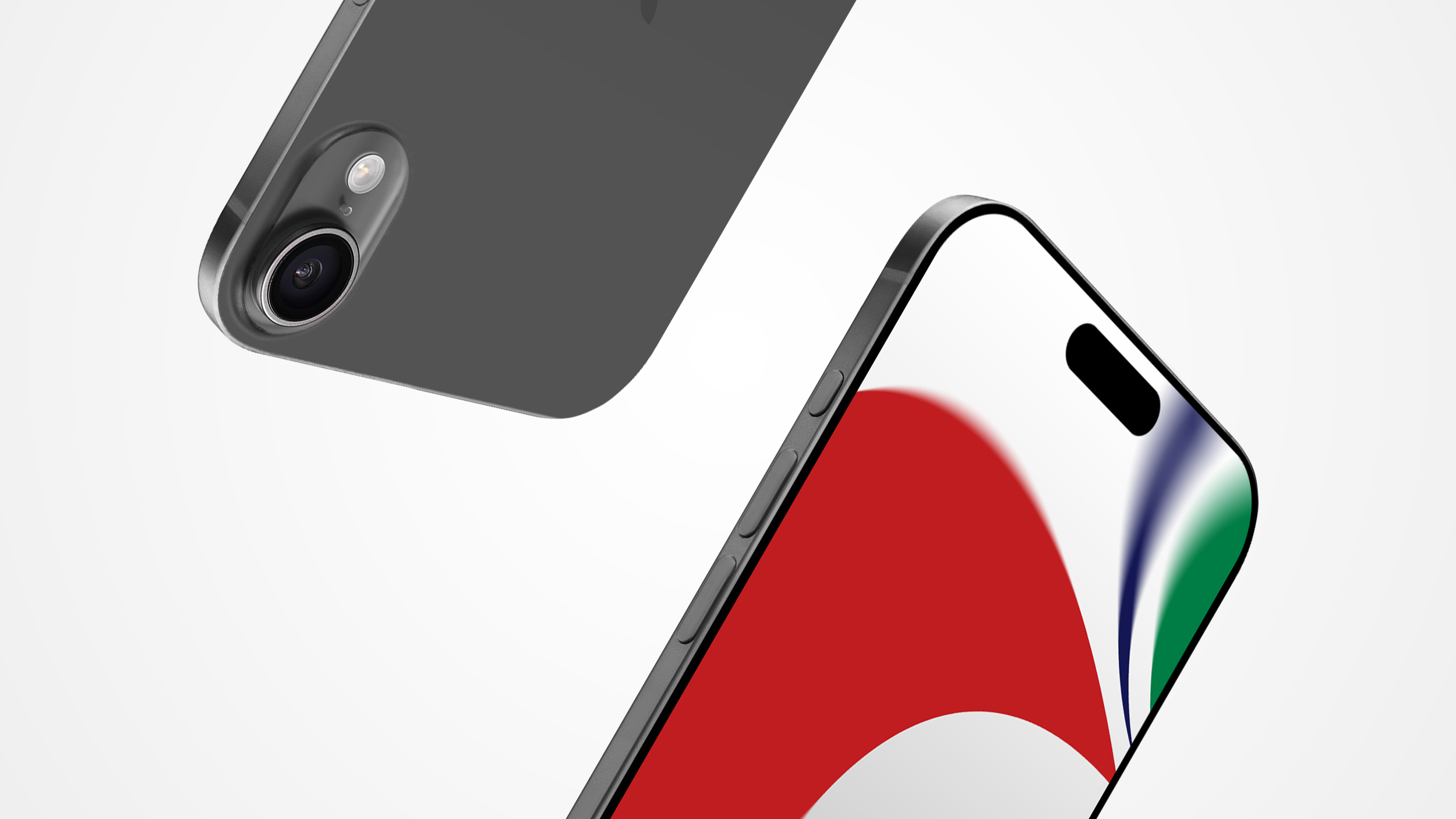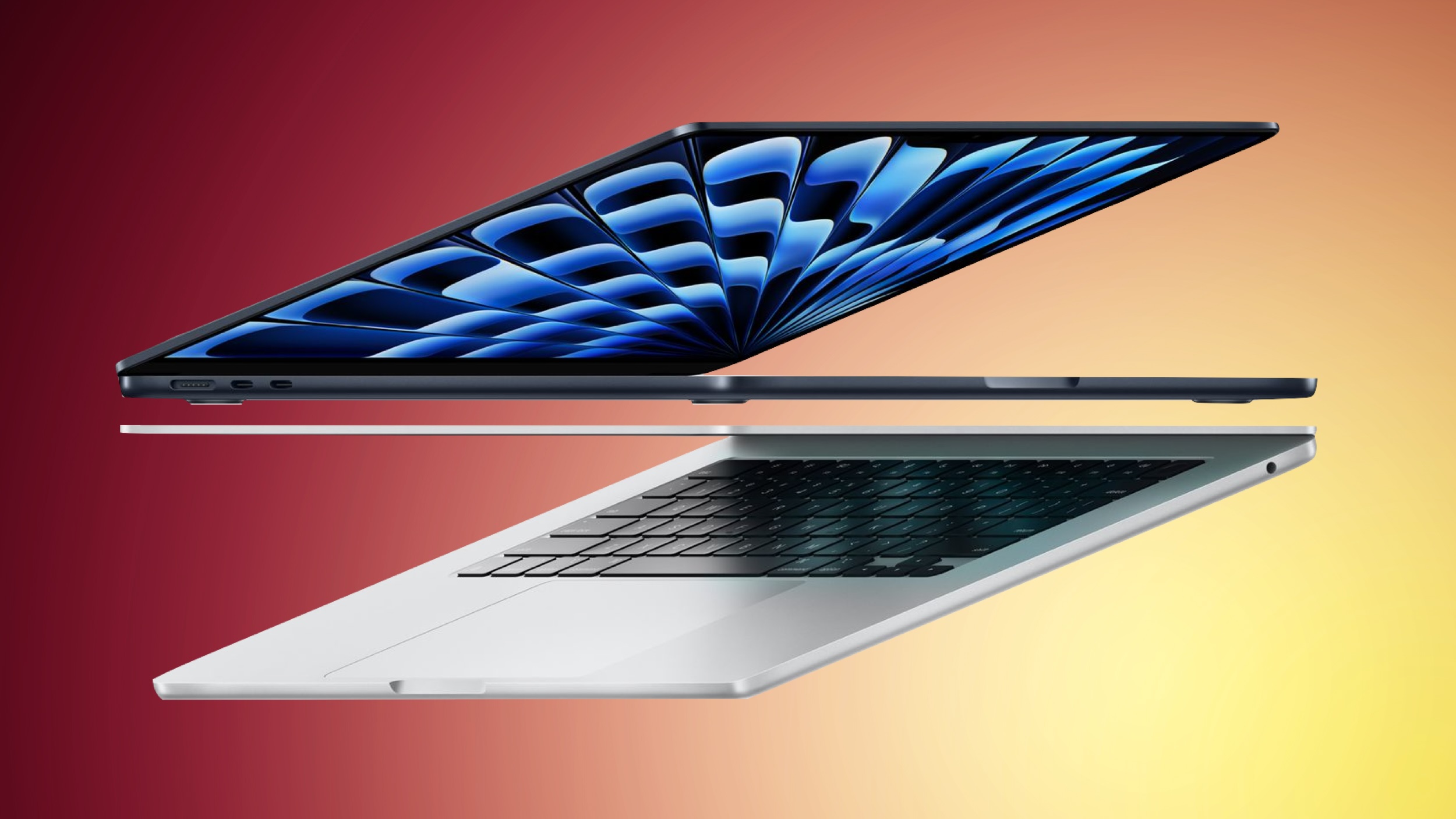Sony Xperia 5 IV review: Making gains

For many years, Sony has offered on of the few compact flagship phones in the guise of the Xperia 5.
You get pretty much everything in the Xperia 1 flagship, but in a size that’s a lot more pocketable and a mite cheaper as a result.
There are notable improvements in Xperia 5 IV as Sony continues to make gains, but faced with competition like the Asus Zenfone 9, is this the year that Sony comes out as king in the small phone stakes?
Design and build
156 x 67 x 8.2mm, 172gGorilla Glass VictusIP65/IP68
The design of the Xperia 5 IV sticks to Sony’s tried at tested formula, dictated by the 21:9 display, giving a phone that’s narrower than average at this size. It’s designed to facilitate single-handed use, but also push the message that there’s cinematic experience encapsulated in this device through its display.
Flattened sides are tempered with curving chamfers into the glass front and back, avoiding the sort of sharp edges you get on the iPhone and that’s much appreciated. It’s a nice phone to hold, the compact size and the matte finish avoiding fingerprints and being strokably smooth. We love just turning the phone on our hands, because it feels great.
The compact size is clearly less popular that large phones these days – even Apple cancelled its smaller phone this year – but with the power, waterproofing and compact design, it’s pretty great for runners or cyclists who don’t want to lug around a massive slab of tech while working out.
Sony retains physical features, like a 3.5mm headphone socket and an actual camera button on the frame, while the fingerprint sensor remains on the side of the phone rather than in the display.
That’s a fine arrangement and becoming more common, but the first week of using this phone was plagued by phantom touches on the button – often reporting that there had been 30 failed attempts to unlock while it was in a pocket. That seemed to calm down after a few weeks, however, and hasn’t remained a problem.
In fact, unlocking has been smooth and fast, so no complaints there.
Stereo speaker flank the display and bolster the audio from this device, with a range of settings you can toggle to boost the audio further. That applies to wired and wireless headphones too, with support for LDAC, Sony’s own hi-Res audio codec, as well as range of upscaling technologies.
The result is a phone that also sounds great when you use it.
Display
6.1in, 2520 x 1080 pixels, 449ppiAMOLED, HDR, 120Hz refresh rate
There’s a slight bezel to the top and bottom of the display, intentionally so, as it retains visual balance when looking at the device in landscape and gives Sony somewhere to hide the front facing camera. As with previous devices, there’s no notch or punch hole, just the full display.
Sony pursues this avenue again to push the movie credentials, allowing you to enjoy Spider-Man No Way Home without a hole in Tom Holland’s face, but it’s also a boon for gamers, as you don’t lose some of your game to screen furniture. That makes it a great device for the consumption of content.
The important change here over the previous Xperia 5 III is that this display is now brighter. That’s great, because that was a criticism that we had of the older device and that added brightness lifts the experience in most situations.
There’s detail, there’s plenty of colour, with support for HDR, although to be fair the HDR effect on smaller displays isn’t as noticeable as it is on larger screens.
It also offers 120Hz refresh rates, but this isn’t dynamic, it’s either 120Hz or 60Hz with the option to toggle between the two.
Hardware and performance
Snapdragon 8 Gen 1, 8GB RAM128GB + microSD (up to 1TB)5000mAh battery, wireless charging
The hardware story is interesting on the Xperia 5 IV. Launching later in 2022, it’s powered by the Snapdragon 8 Gen 1 which dominated phones from the early half of 2022. Some might see that as Sony being slightly out of date – or raise the question of why this phone didn’t launch earlier.
The good news is that there are only minor differences between Snapdragon 8+ Gen 1 and the 8 Gen 1 hardware found here. In daily use, that won’t make any difference to the experience, so it’s perhaps not a huge point.
The bigger issue remains one of cooling. Compact phones with slim designs simply do not have the cooling opportunities that larger phones do and on the Xperia 5 IV you will feel it when you start pushing the phone. During long sessions of Call of Duty Mobile or other intensive titles you’ll feel the phone heat up.
The result can be that the phone starts complaining: Sony has also been a little cautious about heat and you’ll get warnings about things like camera functions not working if the phone gets too hot.
The good news is that there’s a relatively big battery at 5000mAh – that’s as large as some whopping flagship devices – and the endurance is great as a result. While the charging doesn’t seem hugely fast and there’s no charger in the box, it will learn your charging habits and deploy its battery care feature to charge your phone at an appropriate rate overnight to maintain battery health.
New on this device is wireless charging, an added convenience so you can drop your phone onto a Qi charging pad and give it a boost, ideal when you’re sitting in the car. Sony has avoided this feature for a long time and fans will be glad to see it’s arrival.
Overall the performance from the Xperia 5 IV is pretty good, but sometimes that heat can be an issue, especially if you’re putting your phone through intensive tasks on a regular basis.
Camera performance
Triple camera system:Main: 12MP, 1/1.7in, f/1.7Ultrawide: 12MP, 1/25in, f/2.2Telephoto: 12MP, 1/3.5in, f/2.4, 2.5x opticalFront: 12MP, 1/2.9in, f/2.0
Sony sticks to a triple camera on the rear of the Xperia 5 IV, effectively losing the periscope telephoto lens of the Xperia 5 III, with its rather complex dual optical photo lengths. That means you’re now stepping down from the 2.9x and 4.4x to the new 2.5x.
That’s paired with a familiar main and ultrawide camera, with Sony using 12-megapixel sensors across the board. At this point in time, Sony is about the only manufacturer that hasn’t moved to using a higher-resolution sensor on any of its cameras.
But there are experience advances in the camera that we’ve not seen before from Sony. For example, you can pinch through the entire zoom range – skipping between these lenses seamlessly – which is a great step forward over the previous arrangement where pinching only zoomed you within the lens you had selected.
collection:zoom
There seems to be good colour consistency between lenses, but once you get out to 5.0x and 7.5x, detail is starting to be lost. However, Sony isn’t offering extreme digital zoom, so most of the results you’ll get will be totally useable.
The camera switch button is now closer to the shutter button so it’s easier to jab when using the phone one-handed. At the same time, the old Portrait Selfie system that hid in a separate menu has gone and you can just tap a button to access bokeh mode, so you can take that soft-background selfie.
The icon could be perhaps more prominent, but the experience is certainly better – and the results from this new bokeh system are head and shoulders above the old Portrait Selfie option.
But Sony is still sticking to its guns and pushing features aimed at more advanced photographers, giving easier access to manual controls and a layout that draws on the experience you might get from Sony Alpha cameras. That eschews the sort of computational approach you get from the likes of Google, looking to deliver natural results.
That works through daylight, with some lovely images as a result, but it shows in other areas. While some will argue that they want to be left in control, that argument doesn’t hold when it comes to the simplicity of shooting photos in low light, where Sony lags behind. Although there are low light options, they aren’t competitive: put this alongside the Pixel’s Night Mode and you’ll be getting images from Google’s phone, while Sony will leave you with a blurry darkness.
collection:photos
While Sony won’t over-saturate colours like the blues of skies, it also struggles in many HDR scenarios – and the camera app doesn’t show that HDR view before you take the photo, so you’ll have to view the image in the gallery instead, which just feels a little behind the curve.
The result is that the Xperia 5 IV doesn’t really raise its game to flagship levels – if you’re looking for manual controls then yes, it’s certainly a great phone to choose – but from a point-and-shoot convenience point of view, the results don’t quite stack up against the best out there. But there are some highlights: the focusing is great, detecting eyes on people and animals to ensure you keep focus on face, while the high-speed capture can also give you great results.
Software
Android 122 years OS updates, 3 years security updates
The Sony Xperia 5 IV launches on Android 12 and will get two OS updates through its life, which is well behind average, while you’ll get 3 years of security updates, which is a little better.
Sony’s software experience has evolved over the years, reducing the clutter and bloatware that Sony adds and getting back towards a more natural Android experience. During setup you’ll have the option to opt out of pretty much all of the bloat, which is great.
There are some additions, like a useful game mode, which offers a range of options – but the only real benefit is when you tap into competition mode, which you’ll want to do if you’re a regular gamer, to block navigation swipes, turn off auto brightness and so on.
We’ve found the software to be bug free, with no problems over the time we’ve been using the phone. Sony adds value through things like the audio options, and lots of little details here and there, without treading all over the Android experience.





